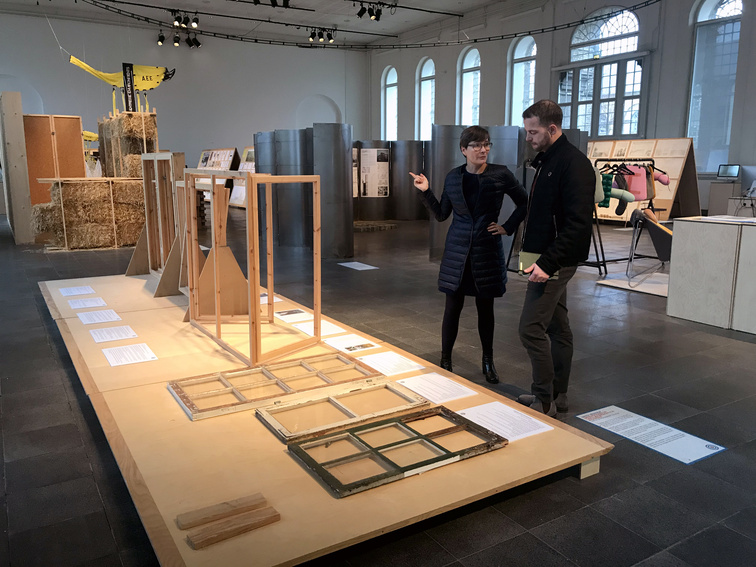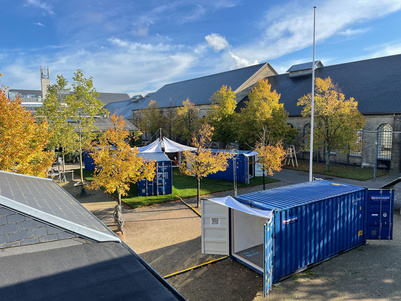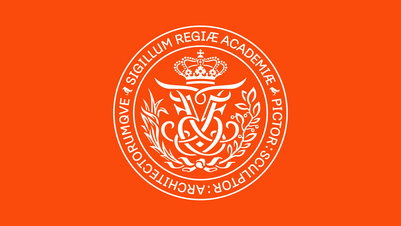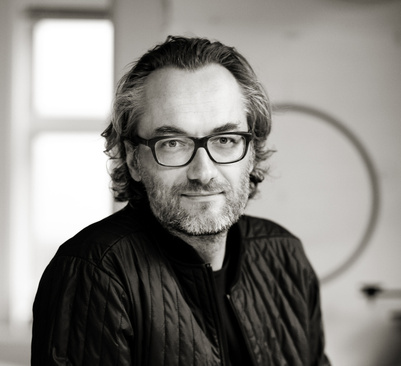R: KADK Can Make Things Sustainable for Everyone
Design and architecture can turn sustainable solutions into preferred solutions. That makes architects and designers key players in the realisation of our ambition for a circular future. Such is the opinion of Morten Østergård Chairman of the Radikale Venstre political party.
“It is wonderful that KADK has chosen to invest so much into the UN global goals and circular economics. That is what it will take, if these issues are to become mainstream.”
These were the words of Morten Østergård, leader of the Radikale Venstre party and the parliamentary spokesman for the UN global goals, following a visit to the KADK Circular Economy in Architecture and Design exhibition. The exhibition, which features 14 circular architecture and design projects, is a natural outcome of the fact that in 2016 KADK chose to devote three years to working on the UN’s global goals for sustainable development.
Morten Østergaard believes this focus is totally necessary and points out that Danish architecture and design are vital, when it comes to achieving the changes we want in Denmark - and in the world.

The Unique Danish Potential
“It is when the best Danish traditions in the fields of design and creative industry take on the problems we are facing. Because if we do not get things we like or enjoy looking at or use in practice, we will never achieve the breakthroughs required to achieve the goals we have set ourselves,” says Morten Østergaard.
He believes that, in these terms, Denmark has a unique capacity: “I think that in Denmark we have a unique capacity. We have a business community with long traditions, a strong focus on the global goals, and a tradition of architecture and design which has always been used to solving problems and doing so aesthetically, always coming up with something we felt like using. I do not believe that we can achieve our goals if we cannot combine all these things. That is why I believe that Denmark, the Danish business community and Danish educational institutions are in the best position to make a difference for the world in this field.”
Design and Architecture Make a Contribution - Locally and Globally
Morten Østergaard notices that the exhibition features both study and research projects. One of the projects that particularly stood out for him is ‘See Salt’ - a project that transforms salt into recyclable packaging. Another is the programme, ‘Extreme Environments’. He believes they are both fascinating examples of the contribution that design and architecture can make.
“It is hugely inspiring to see how students at the start of their careers and researchers who have been at it for many years have tackled circular economics. I look forward to packs of salt, but it is also fascinating to see how, for instance, ‘Extreme Environments’ can get out there and in a short space of time solve vast societal problems in some of the most challenged regions of the world,” says Morten Østergaard.





